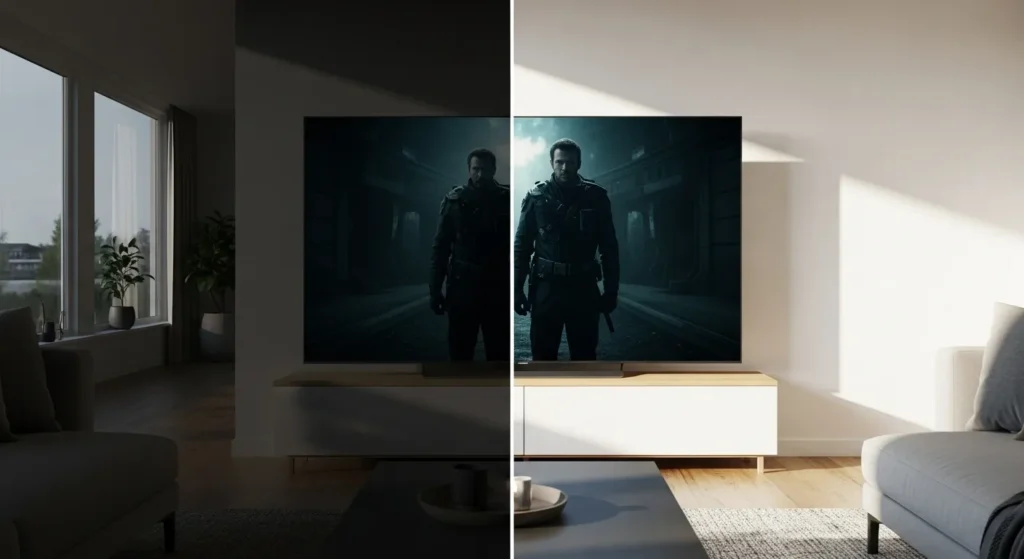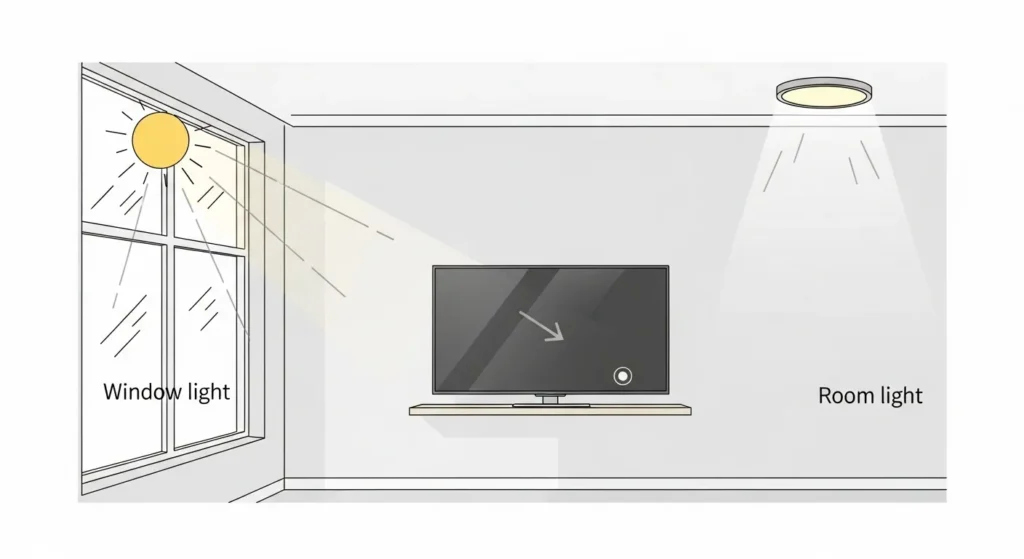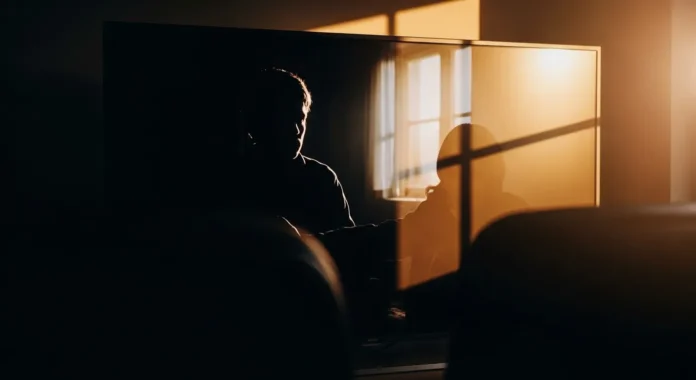Filmmaker Mode helps TVs show movies just as directors planned, without extra tweaks that change the look. In 2019, filmmakers like Christopher Nolan and Martin Scorsese worked with TV makers through the UHD Alliance to launch it. Now, version 1.1 tackles a key problem: dark scenes look too dim in sunny rooms. A new ambient light tool uses the TV’s sensor to lift shadows and brighten the image, keeping the original intent intact. This update works on SDR, HDR10, and Dolby Vision, making it useful for most content.
Quick History of Filmmaker Mode
Back in 2019, the UHD Alliance brought together studios and brands to set a standard for accurate viewing. The goal was simple: turn off things like motion blur fixes that make films feel unnatural. Early versions stuck to dark rooms, around 5 nits of light, for the best match to studio setups.
Over time, it grew. Auto-switching came in 2021 for apps like Amazon Prime Video. In 2024, it added Dolby Vision support on some LG TVs. Now, with 1.1, it handles real home lights without losing the director’s touch.
Also Read: How to Turn On or Off Filmmaker Mode on LG TV
How the Ambient Light Feature Works
Most TVs have a sensor that checks room light. Before, Filmmaker Mode ignored it to stay true to the source. In bright spots, though, shadows crush and colors fade, just like your eyes struggle in sunlight.
The new setup changes that. In low light, it skips adjustments. As light rises, the TV reads the sensor and shifts gamma – the curve that maps darks to lights. This lifts shadow details without touching black levels or colors. It copies how eyes adapt, so films stay visible and true.
The UHD Alliance built this with help from color experts, not AI. They tested on clips like scenes from A Nightmare on Elm Street to check real results. One cinematographer, Steven Fierberg, said it makes old films look better than ever on home screens.
The Gamma Adjustment Table
The tool uses a set scale for changes. It bases shifts on average light near the TV, measured in nits. Higher light means a lower gamma number, which brightens mid-tones and shadows. Blacks stay deep.
Here’s the breakdown from the UHD Alliance:
| Average Surround Luminance (nits) | Gamma Exponent Value |
|---|---|
| 0 – 5 | 2.4 |
| 5 – 10 | 2.3 |
| 10 – 20 | 2.2 |
| 20 – 50 | 2.1 |
| 50 – 100 | 2.0 |
| 100+ | 1.9 |
This keeps details sharp as light climbs, up to very bright rooms. No changes to RGB values or white point yet – those might come later. Reflections aren’t factored in for now.
Also Read: How to Adjust Brightness on LG TV: Step-by-Step Guide

Which 2025 TVs Support It?
This feature rolled out first on premium models. LG leads with it on several lines.
- LG Models: All 2025 OLEDs like G5, C5, B5, and M5. Turn it on in settings under “Filmmaker Mode Ambient Light.” QNED Mini-LEDs get it too.
- TCL Models: 2025 Mini-LEDs including X11K, C9K, C8K, and QM7K. Starts with SDR/HDR10; Dolby Vision via update later this year.
- Others: Samsung, Panasonic, Philips, Hisense, and Vizio support base Filmmaker Mode. Ambient versions expected in 2026 models. TCL adds Dolby Vision Filmmaker Mode this year.
Demos at CES 2024 and 2025 showed it handles changing lights well, like afternoon sun. But watch for sensor spots – if the TV faces a window, readings might skew.
How It Compares to Other Modes
TVs often have auto-brightness, but those can overdo it in Filmmaker Mode. This version stays gentle.
- Dolby Vision IQ: Adjusts HDR based on light, but adds processing that shifts intent. New Filmmaker ties in without extras.
- HDR10+ Adaptive: Similar for Samsung TVs, focuses on brightness jumps.
- Standard Auto Modes: Boost everything, including colors, which strays from the source.
This keeps the pure look while fixing real-room issues.
Potential Drawbacks and Fixes
It shines in tests, but not perfect. A single sensor might miss direct glare from windows. Place the TV away from bright spots or use curtains.
Firmware updates could add reflection handling later. For now, it skips color tweaks to avoid drift. Users in very dim setups see no change, which is by design.
To enable: Go to picture settings, pick Filmmaker Mode, and toggle ambient on. Test with a dark film like a horror clip to see the lift.

Why It Matters for Viewers
Homes aren’t studios. Bright days make cinema feel off, so people skip the mode. This brings accuracy to couches and kitchens. As TVs get brighter – like LG’s 40% jump in 2025 – it pairs well for mixed use, from movies to sports.
Themes here touch on display calibration and perceptual adjustments. Gamma shifts use basic math to match human vision, pulling from natural language ideas in color grading talks. No heavy NLP, but sensor data acts like simple input processing for real-time tweaks.
Looking Ahead
More brands join in 2026. Expect ties to streaming auto-triggers and IMAX. For now, grab a 2025 LG or TCL if you want it today. It makes dark films watchable without a blackout.
